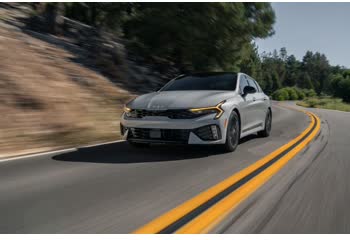Everything you need to know about specifications and performance - Toyota Camry 2023 - 2.0 (173 Hp) Direct Shift CVT

Overview:
What is the engine capacity of a Toyota Camry 2023?
The engine capacity of the Toyota Camry 2023 is 1987.
Toyota Camry 2023 How many horsepower?
The engine power of the Toyota Camry 2023 is 173 Hp @ 6600 rpm..
What is the Toyota Camry 2023 engine?
Toyota Camry 2023 engine is M20C-FKS. (Click to see other cars using the same engine)
How much gasoline does a Toyota Camry 2023 consume?
The Toyota Camry 2023 consumes 5.81-6.06 liters of gasoline per 100 km
General:
Engine:
Performance:
Space:
dimensions:
Powertrain, Suspension and Brakes:
See also

Other generation.
Its production began in 1996 until 1999

Same engine. (M20C-FKS).
Its production began in 2019 until Now

Same production year and almost the same engine capacity.
Its production began in 2023 until Now

Same production year and almost the same engine capacity.
Its production began in 2023 until Now

Write a comment